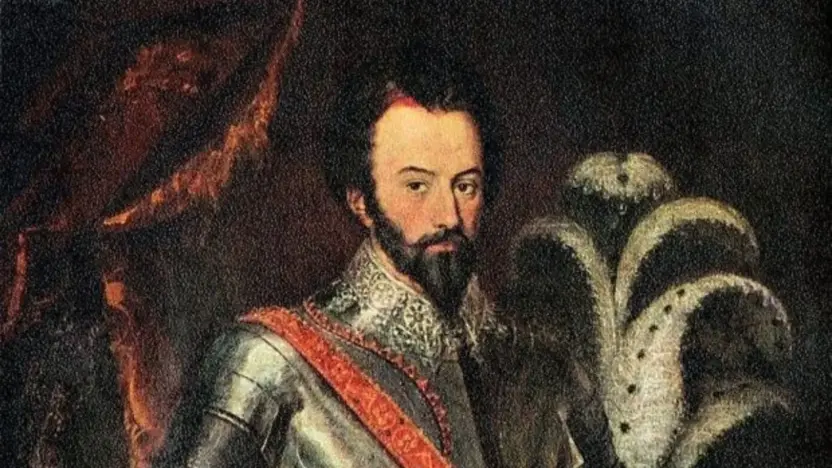Sir Walter Raleigh, an iconic figure of Elizabethan England, is remembered as an explorer, poet, courtier, and soldier. His execution on October 29, 1618, marked the tragic end of a life defined by adventure, ambition, and, ultimately, betrayal. This blog delves into the fascinating tale of Raleigh’s life, the events leading up to his execution, and the political intrigue that sealed his fate.
The Rise of a Renaissance Man
Raleigh was born into a Protestant family around 1552 and soon became one of the most influential figures of his era. He attended Oxford and later gained recognition for his military service, notably in suppressing the Irish rebellion. However, his proximity to Queen Elizabeth I truly accelerated his career. Raleigh quickly became a favorite of the Queen, gaining titles, land, and influence, including a knighthood in 1585. Raleigh’s ambitious nature led him to champion English expansion and colonization in the New World, establishing the ill-fated Roanoke Colony in 1587, known as the “Lost Colony.”
A Fall from Grace Under King James I
After Queen Elizabeth’s death in 1603, Raleigh’s fortunes changed dramatically. Her successor, King James I, did not share her admiration for Raleigh, largely due to Raleigh’s anti-Spanish stance, which clashed with James’s efforts to cultivate peace with Spain. Just a few months into James’s reign, Raleigh found himself embroiled in a treason plot known as the “Main Plot,” allegedly conspiring to dethrone the king. Despite his denial, Raleigh was found guilty of treason and sentenced to death. However, James spared him and instead imprisoned him in the Tower of London, where Raleigh remained for 13 years, enduring confinement but never losing his intellectual spark.
The Quest for El Dorado: Raleigh’s Last Expedition
Raleigh’s last chance at redemption came in 1616 when he convinced King James to release him for one final expedition to find the mythical city of gold, El Dorado, in South America. Although the king permitted the venture, he cautioned Raleigh not to engage in hostilities with Spain. The expedition turned disastrous, and Raleigh’s forces clashed with Spanish soldiers in the Orinoco River region. His son, Wat Raleigh, was killed in battle, and the expedition ultimately failed to find any gold. Disheartened, Raleigh returned to England, knowing that his actions had violated James’s explicit orders.

Political Intrigue and Betrayal: Spain’s Role in Raleigh’s Downfall
Upon Raleigh’s return, the Spanish ambassador, Count Gondomar, demanded justice for Raleigh’s attack on Spanish forces. King James, eager to maintain his diplomatic relationship with Spain, seized upon the opportunity to appease the Spanish by arresting Raleigh. Instead of putting him through a new trial, the king simply reinstated Raleigh’s previous sentence of death for treason from 1603, avoiding any legal hurdles.
The Execution on October 29, 1618: A Graceful Farewell
Raleigh met his end with remarkable composure. On the morning of October 29, 1618, he addressed the crowd with a composed, eloquent speech, declaring his innocence and remaining unapologetic for his life’s work and beliefs. “I desire to be weighed in a just balance,” he said, maintaining his courage and wit to the very end. His execution was swift, and Raleigh’s final words to the executioner were, “Strike, man, strike!”
Legacy and Posthumous Reinterpretation
The execution of Sir Walter Raleigh remains one of the most controversial in English history. He had been a loyal servant to England, a visionary who paved the way for future colonization efforts in America, and a writer whose works have endured over the centuries. Raleigh’s death came to symbolize the perils of courtly intrigue and the political maneuvering of an era shaped by the monarchy’s tenuous alliances. Over time, public sentiment shifted, and Raleigh became regarded as a martyr who fell victim to the political machinations of the Jacobean court.
Also Read: How to Become a Technical Writer



